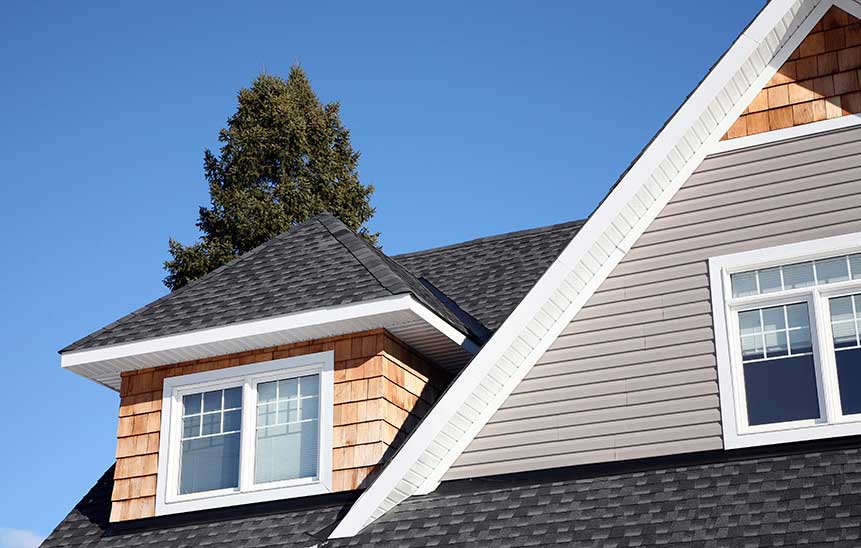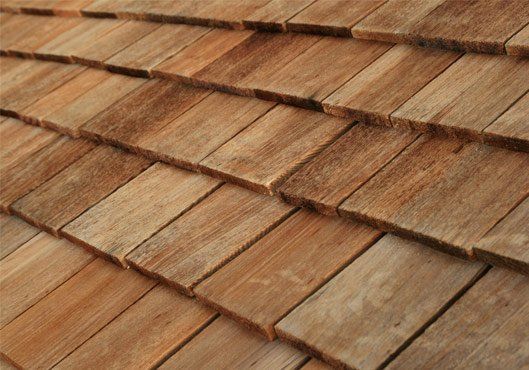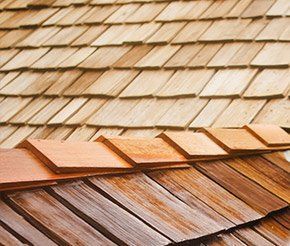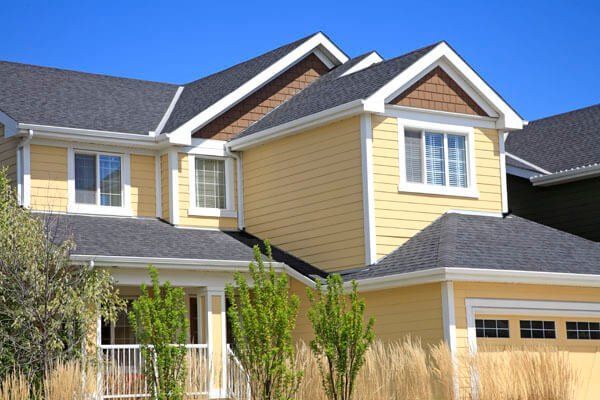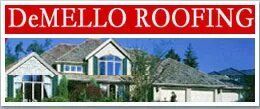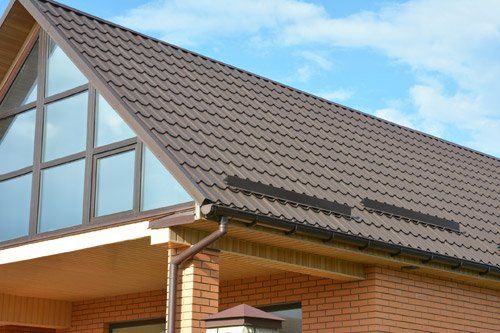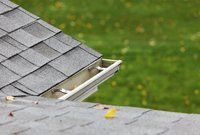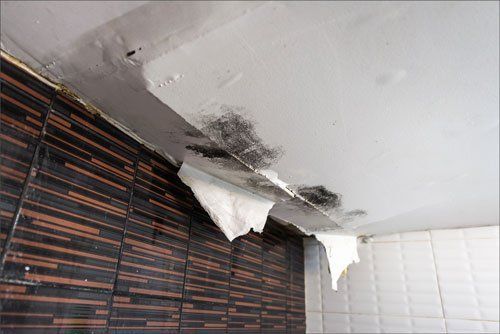
Although most roof maintenance tips focus on keeping the outside of your roof in good shape, the underside of the roof can run across difficulties as well. In fact, if the conditions are right, your roof could be attacked from beneath and still look perfect on the outside. Here are three types of damage that can attack your roof from underneath.
1. TERMITE DAMAGE
Termites can access your roof in several ways, depending on the type of termite. These ways include:
- Entering through the roof vents
- Tunneling through any exposed wood on the outside of the roof or attic
- Entering through the basement of your house and crawling or tunneling to the roof
If the infestation started in the basement and reaches all the way to the roof, you'll probably have major structural damage throughout the house. Fortunately, there are steps you can take against each of these entry methods. Eliminate or protect untreated wood areas on the outside of your house, and be sure your basement is protected with a current termite treatment.
You can screen your roof vents (both intake and exhaust) with 20-mesh screen to exclude termites. Be sure to put this screening across other vents and gaps in your home's exterior as well. Check with your roofing contractor to see if this mesh will obstruct airflow through your roof vents enough to require additional vent space.
2. WATER DAMAGE
Water damage to the underside of your roof can be extensive and expensive, because the roof deck isn't prepared to withstand moisture and so is very vulnerable to water damage such as:
- Warping and swelling of the wood
- Delaminating and deterioration of plywood sheathing
- Frost damage when wet materials freeze
- Rusting of metal roofing fasteners
It's true that this damage can sometimes be caused by leaks in the roofing material. However, even more insidious is water damage that occurs even when your roof is perfectly watertight. This can happen when moist air gets trapped inside the attic and condensation forms on the surface of the roof deck. The more condensation builds up, the more damage occurs over time.
Some factors that typically contribute to this excess of condensation include insufficient ventilation, poor attic insulation that allows heat to escape into the attic, and fan venting problems. For example, sometimes a bathroom vent fan is simply vented into the attic, or the duct that connects it to the roof vent is uninsulated.
3. MOLD AND ROT DAMAGE
Mold and rot are secondary types of damage that often follow a condensation and moisture problem in the attic. While mold isn't directly caused by water, the water does help create a mold-friendly environment. So mold and rot prevention should run along the same lines as condensation prevention: venting well and keeping excess water and heat out of the roof space.
Mold can be both hazardous to you and your family and damaging to the structural supports of your roof. The combination of water and mold or rot can actually decrease the structural integrity of rafters and roof decking, so in severe cases you may end up having to tear off the damaged parts of the roof and replace them.
These are three ways that your roof can become damaged from underneath if you don't take the initiative to put preventions into place. Taking steps to exclude termites from your home and to keep the attic well-ventilated and reduce excess moisture and warmth transfer from your living space can go a long way towards preventing expensive repairs and tear-offs.
Whether you're looking for expert advice on roof replacement or whether you need help improving your roof ventilation or fixing an attic condensation problem, DeMello Roofing is here to help. Get in touch with our experienced professionals today for a great roofing experience.
